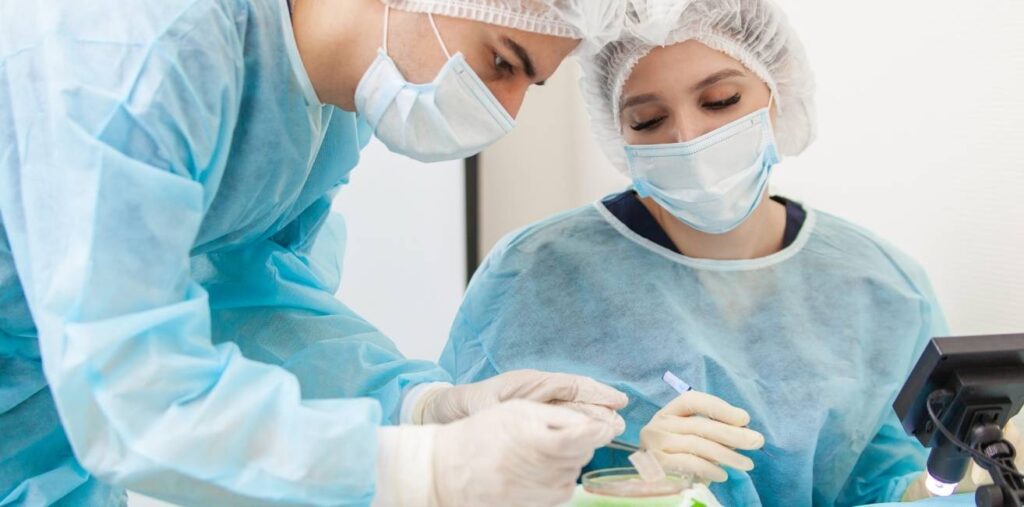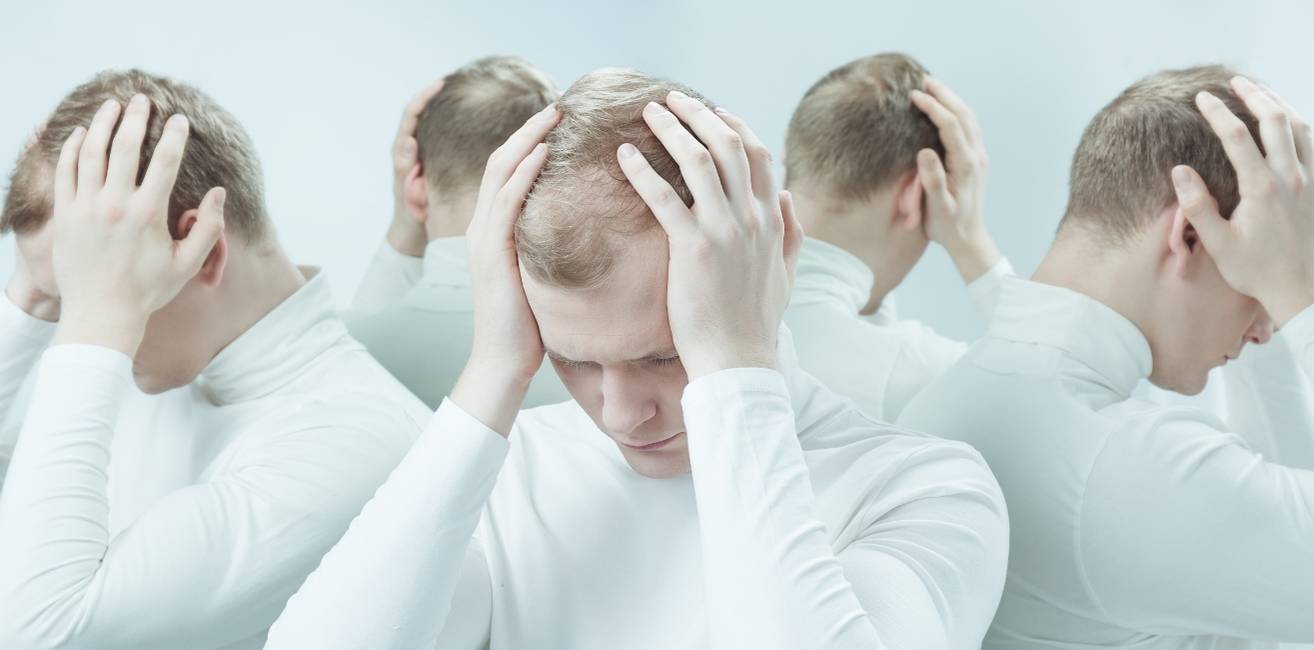Phalacrophobia, The Spanish word “Pelado” which means bald. This condition is an extreme fear of getting bald or even encountering bald people. Some people with peladophobia perceive bald people as a threat, and they need to monitor their hair constantly and avoid haircuts. This fear can be crippling and have a negative effect on a person’s self-worth and quality of life. We’ll look at phalacrophobia’s signs, causes, and treatments in this blog article, as well as how hair transplants can be beneficial to cope with this condition.
People who suffer from peladophobia show signs of generalized anxiety disorder. Their main trigger is their own thoughts of getting bald or being around bald people. Phalacrophobia does not only occur in people who are balding or have hair loss issues, it can also be seen in individuals with healthy hair.
Phalacrophobia symptoms include:
Depending on the person, phalacrophobia symptoms can range in intensity and length. Common signs of the condition include:
- Intense anxiety or dread at the idea of losing hair.
- Avoidance of situations that may contribute to hair loss, such as combing or washing hair.
- obsessive ideas about alopecia and hair loss.
- Depression and anxiety linked to hair loss.
- A sense of shame or embarrassment about one’s looks.
- Fear of being evaluated by others and of making judgments about other people’s hair.
- Social difficulties brought on by poor self-esteem.
- Physical manifestations like shaking, trembling, and nausea as well as panic episodes.
- Low self-esteem and a negative self-perception
- Obsession with hair and the way the hair line looks
- Extreme anxiety and concern about losing their hair
- A dislike or fear of bald individuals

What causes phalacrophobia?
Phalacrophobia is thought to be brought on by a confluence of genetic, environmental, and psychological variables, though its exact causes are still unknown. Common reasons include, among others:
Genetics: There is evidence that some people may be more likely to have phalacrophobia because of their genes.
Traumatic events: Phalacrophobia can be brought on by traumatic events like being made fun of, teased, or bullied because of hair loss.
Influences of the media and culture: Society places a high value on physical attractiveness, and the media often portrays baldness as undesirable or unattractive, which can make phalacrophobia worse in people suffering from this condition.
Personal values and beliefs: Personal values and beliefs about appearance and self-worth can exacerbate phalacrophobia.

Treatment options for phalacrophobia
Phalacrophobia can be difficult to cure, but there are a number of solutions that work. among the frequent remedies are:
Cognitive-behavioral therapy (CBT) : is a type of counseling that helps people change their negative thoughts and behaviors about a specific topic, including hair loss. Individuals can benefit from this treatment by learning coping mechanisms and boosting their self-esteem.
Exposure therapy: In exposure therapy, the person slowly faces the things or situations that make them afraid of losing their hair. Through this treatment, patients can become less sensitive to their fears and develop coping mechanisms for their anxiety.
Medication: To help people manage their anxiety and sadness related to hair loss, doctors may prescribe anti-anxiety and antidepressant medications.
Support groups: Support groups can give people a secure and encouraging setting to talk about their worries and anxieties relating to hair loss.

Hair transplantation as a Phalacrophobia Treatment:
Hair follicles are surgically moved from the donor area to the balding area during hair transplant surgery to restore hair growth in the balding regions of the scalp. This procedure can successfully treat phalacrophobia by restoring a person’s hairline and enhancing their self-esteem and their sense of in their skin. Hair transplant recovery times are typically short, and local anesthesia is used during the procedure.
The following are some advantages of hair transplantation as a phalacrophobia treatment:
Enhanced self-esteem: Phalacrophobia frequently results in poor confidence and self-esteem. A hair transplant can assist in restoring a person’s hairline, which can boost their self-confidence and physical look.
Results that last: Hair transplants are a permanent answer to hair loss and offer results that last. People can anticipate seeing hair growth in the transplanted areas after the operation, which may last a lifetime.
Natural-looking hair: With advancements in hair transplant technology, hair transplant procedures can now produce natural-looking results. It will be difficult for others to detect a hair transplant operation because the transplanted hair will blend in seamlessly with the natural hair.
Low maintenance: Following the hair transplant process, the newly implanted hair will grow naturally, so people can handle it just like their own hair. This means that there is no need for any special maintenance or upkeep, which can be handy for individuals who lead a busy lifestyle.
Low risk: Hair transplantation is a process that is safe and has a low risk of complications. The operation is carried out under local anesthesia, and recovery is a quick process.
In general, hair transplantation is a life-altering procedure for phalacrophobic patients. It is an efficient choice for treating this psychological condition because it can give people a long-term fix for their hair loss it can also boost their self-esteem, and improve their confidence.
Contact our hair transplant clinic in Antalya for more about hair transplant and get a free consultation.
In conclusion, phalacrophobia, or the fear of turning balding, is a psychological condition that can seriously impair a person’s quality of life. Even though the causes of the condition are not fully known, there are effective treatments for it, such as cognitive-behavioral therapy, exposure therapy, medication, and support groups. Another safe and efficient option for treating phalacrophobia is hair transplantation, which can improve a person’s self-esteem and reestablish their hairline. It can be challenging to manage phalacrophobia on one’s own, so it is essential for those who are experiencing the condition to receive help and assistance from professionals. With the proper care and assistance, people with phalacrophobia can overcome their fears and improve their general well-being.







